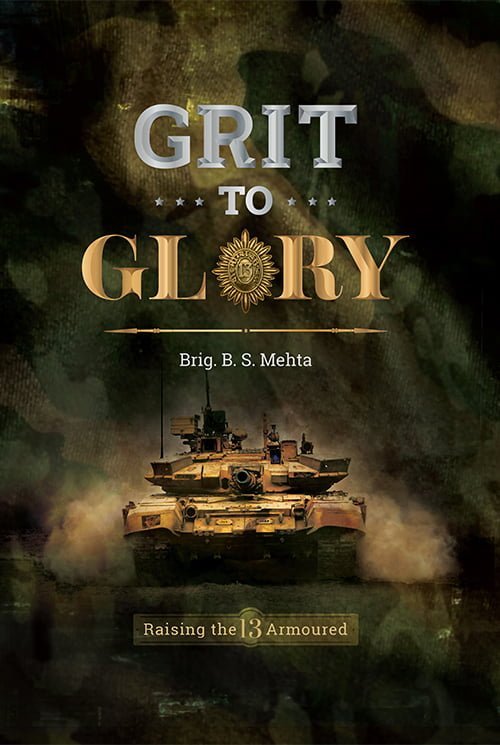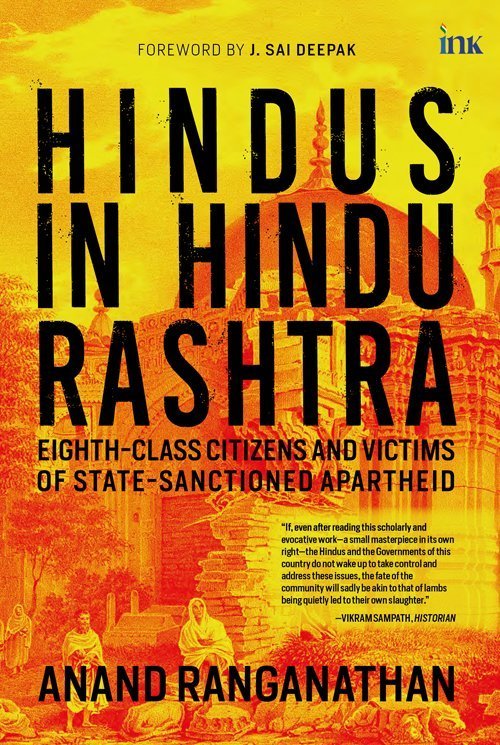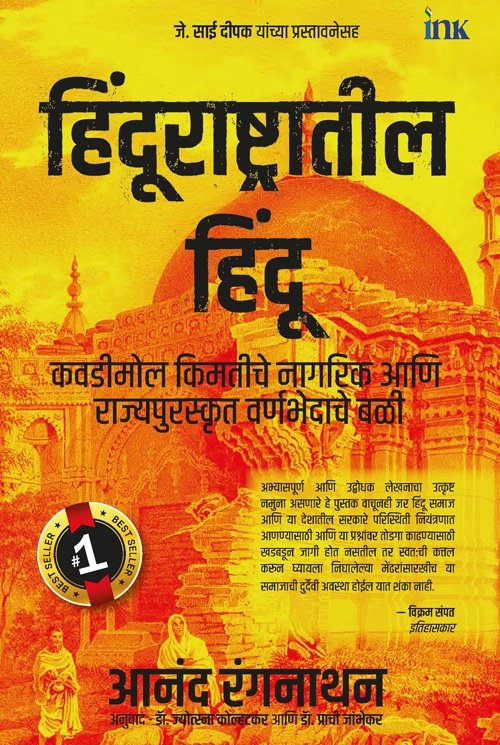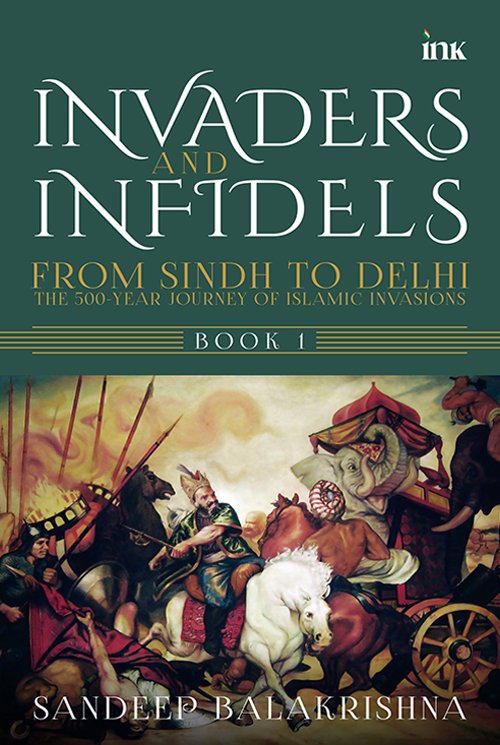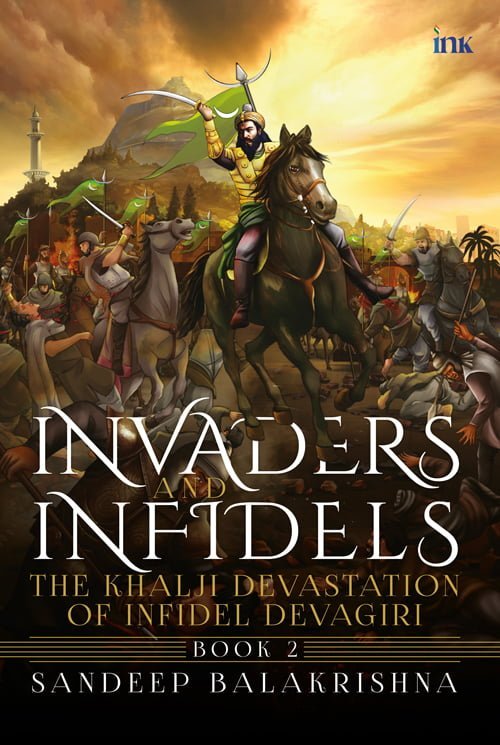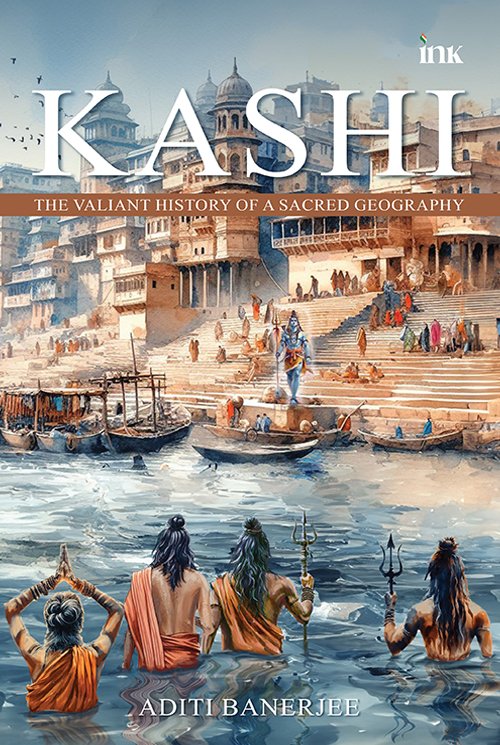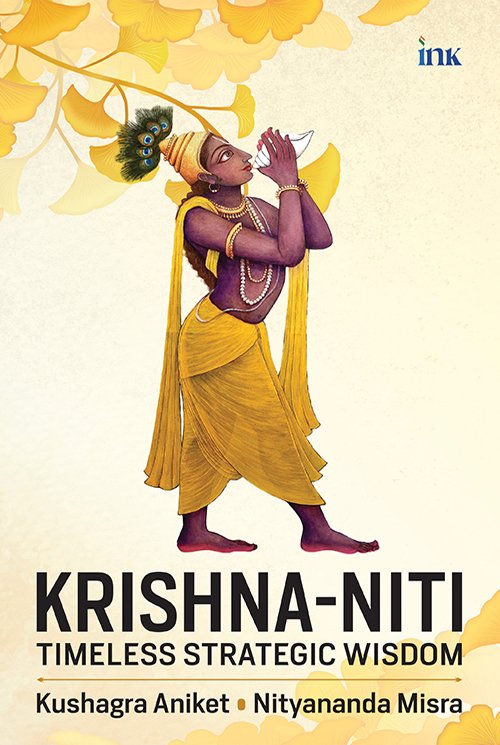Desires, Dreams and Powers
Desires, Dreams and Powers is a fascinating saga of the life and times of Tathagata Roy. Not many people may have traipsed into so many fields of life as Roy has. He has been a civil engineer, an encyclopaedic, a university teacher, a researcher, a contract lawyer, a politician, an author in two languages, an intrepid traveller and, lately, a history buff.
By writing about his times than his life, Roy covers truly eventful eight decades of a nation in transition, during which British rule transmogrified into the partitions of India and Bengal, the world around him transformed from writing with a quill pen to taming the personal computer and toying with AI, and politics from optimism to Naxalism to hope. His native West Bengal, the crucible of left ideology, finally exorcised the ghost of Marxism by overthrowing the Left Front united in 2011 after 34 years of unbroken communist rule. Through it all, he pranced into high school, segued into engineering college, got his first job with the Indian railways, taught at Jadavpur University, joined the Bharatiya Janata Party and capped it all up by becoming the governor of three north-eastern states of India.
The book is as much about the trajectory of a nation on the move as it is about Roy’s life. The parallel is unmissable.




